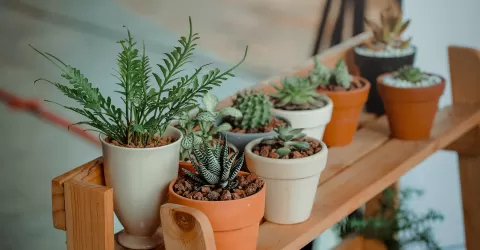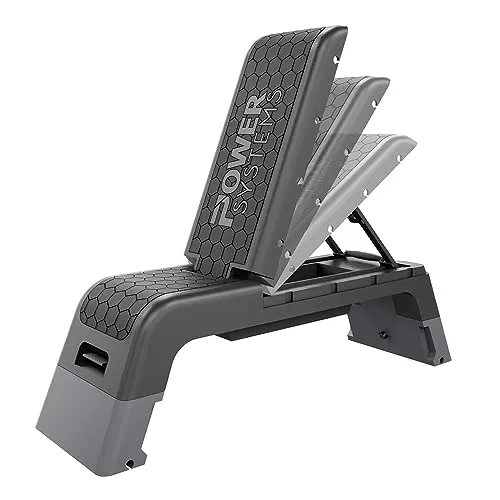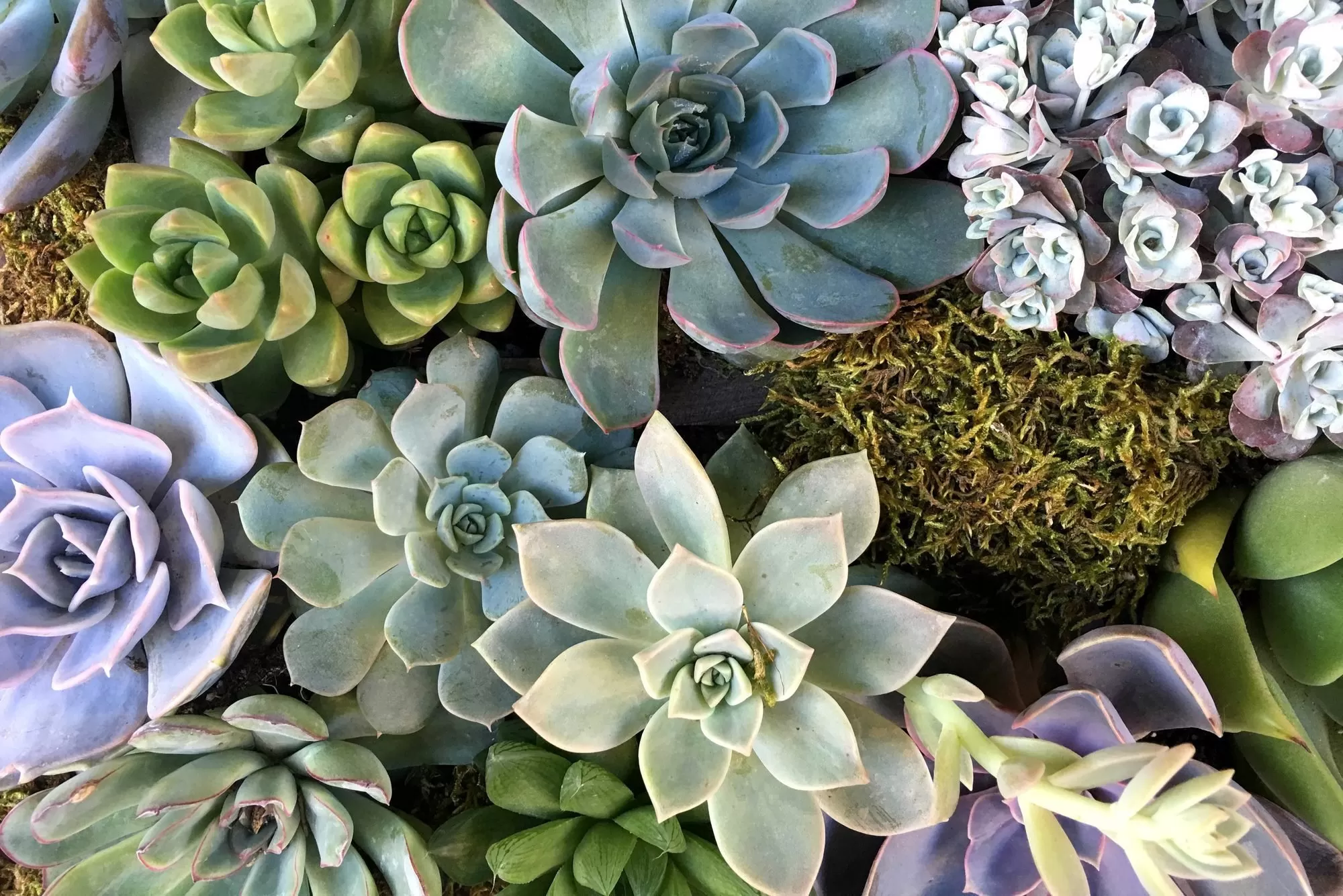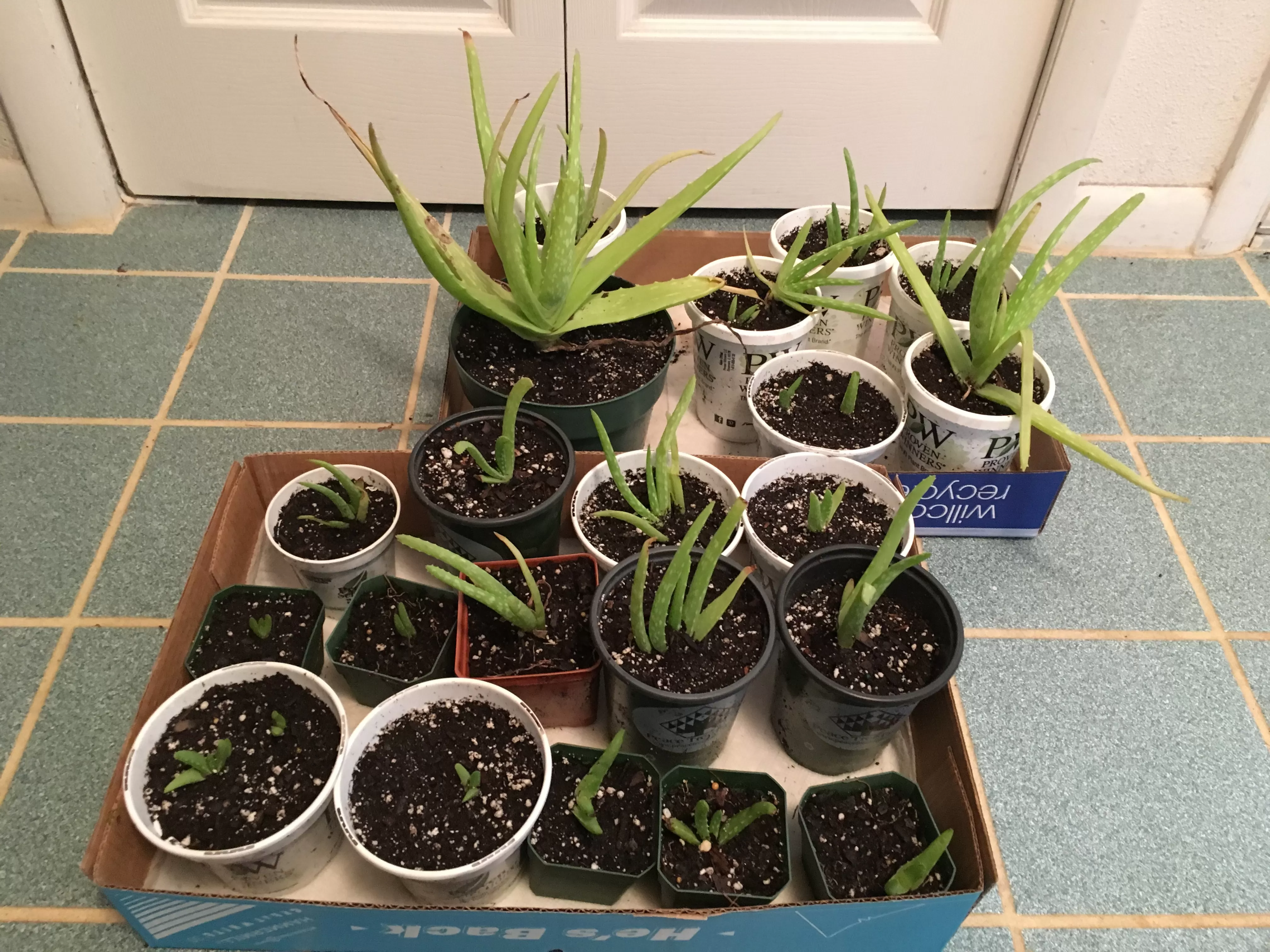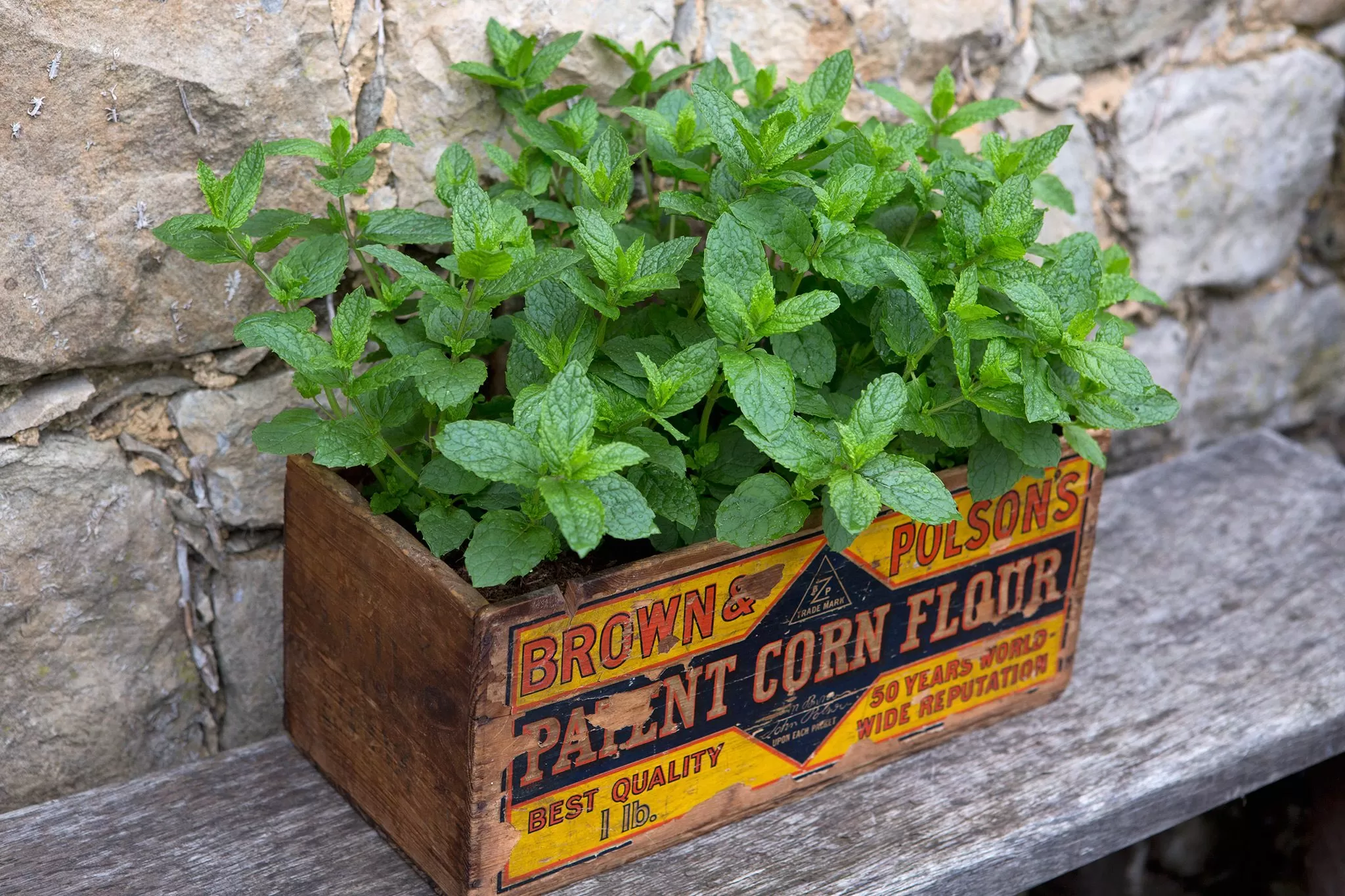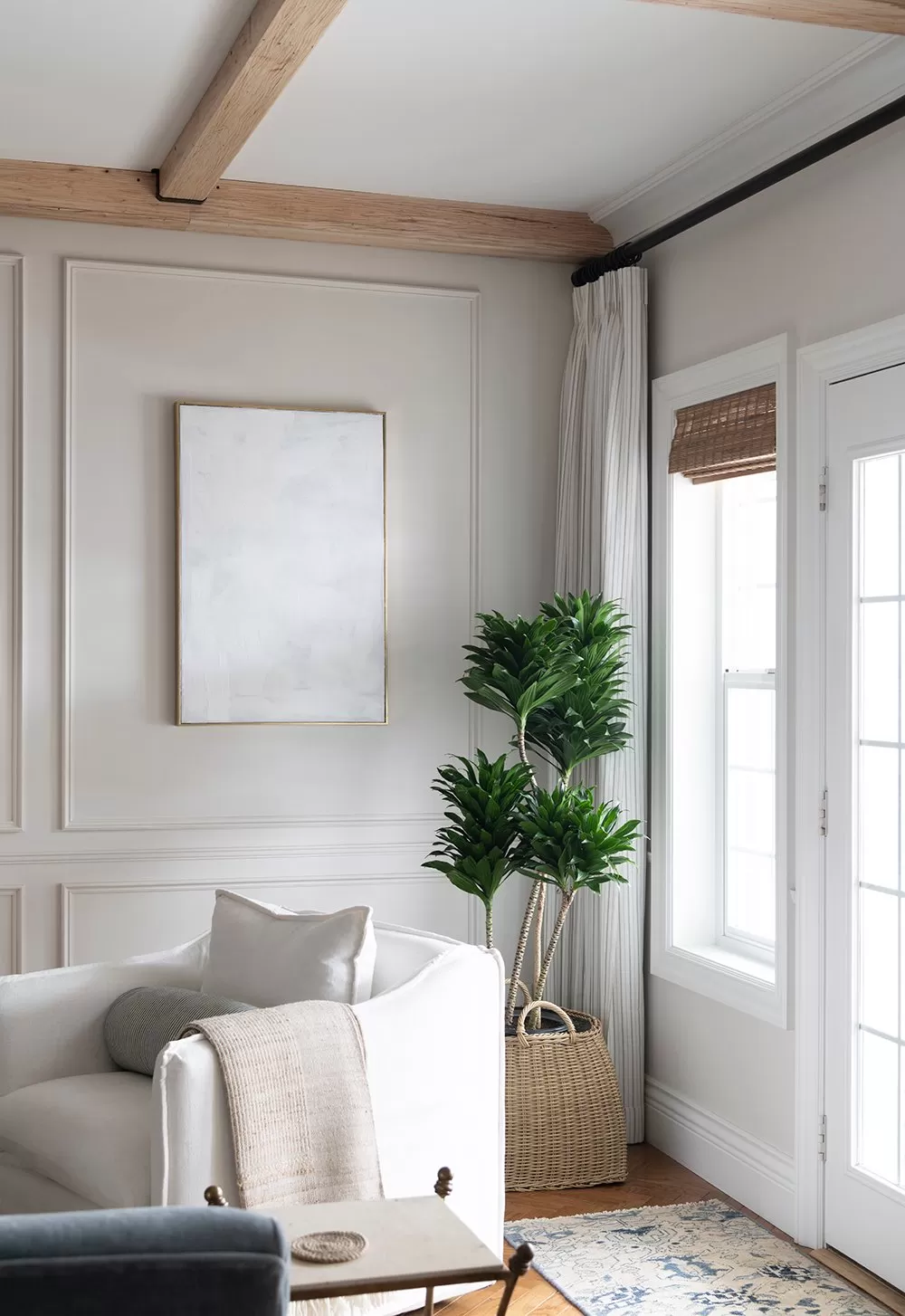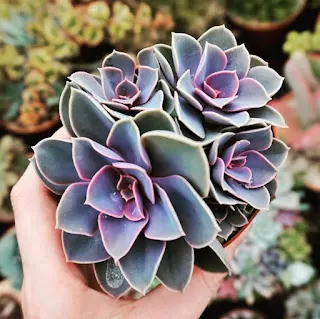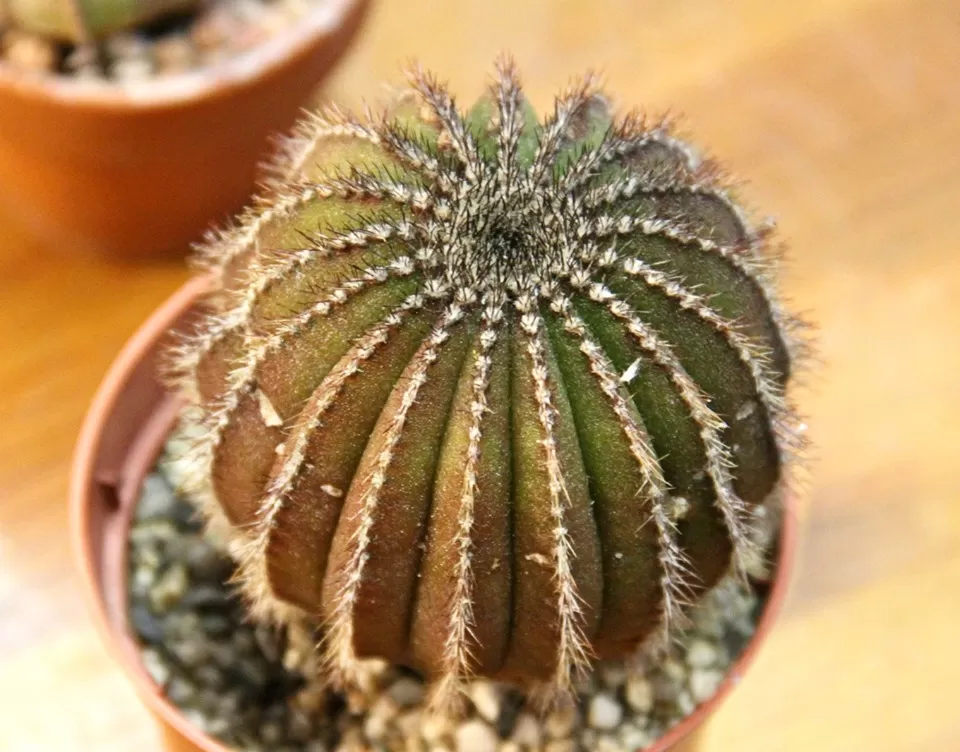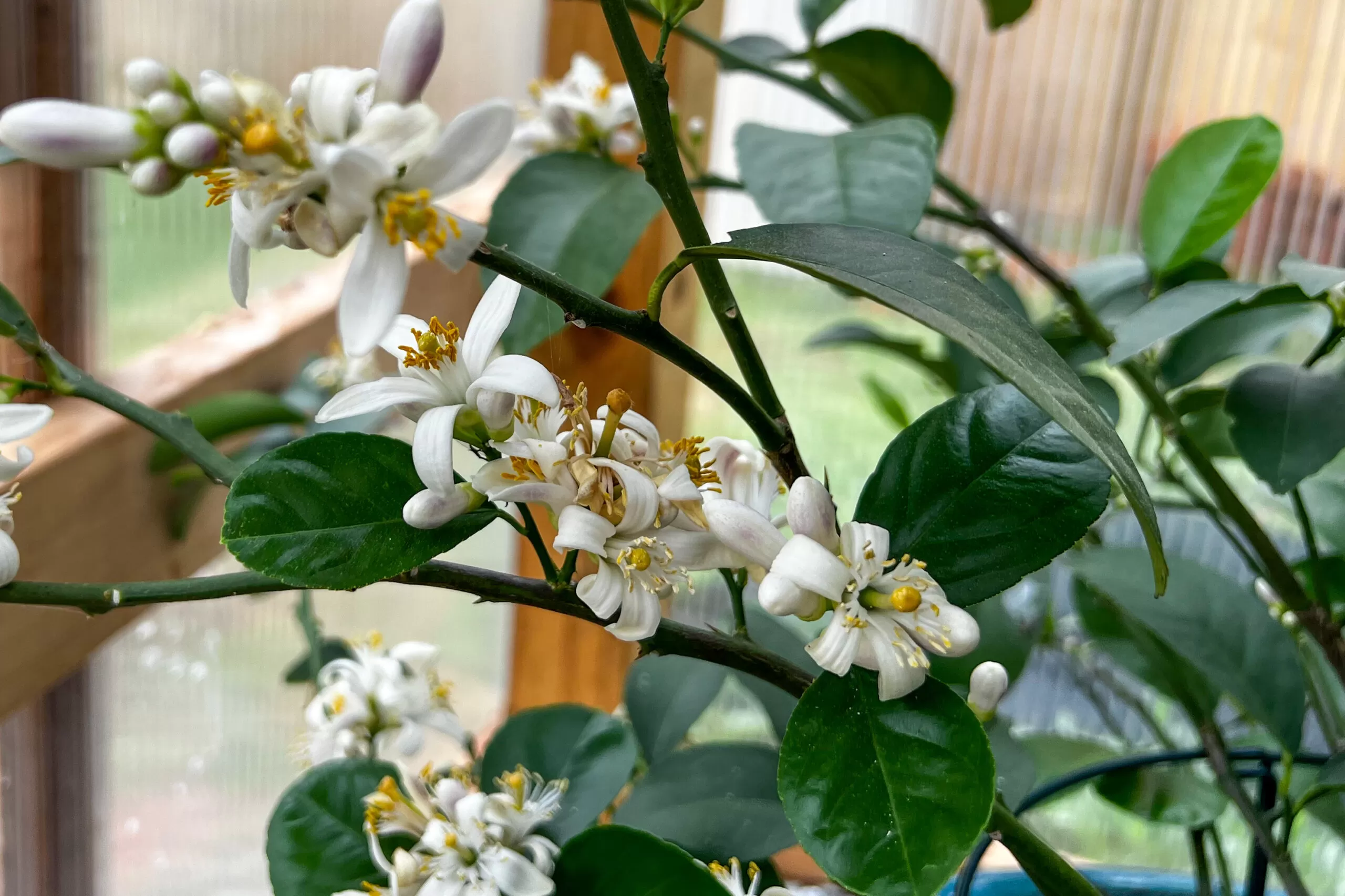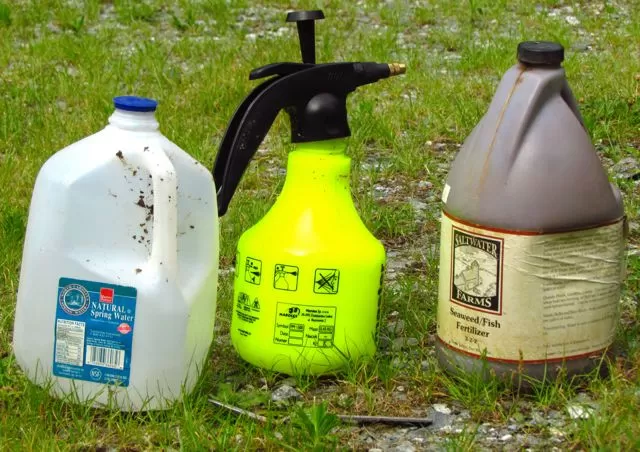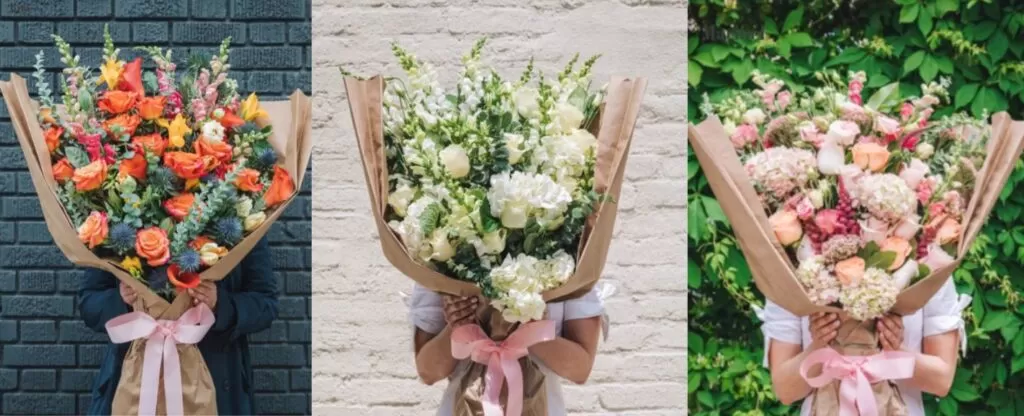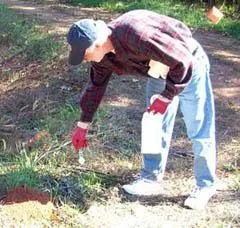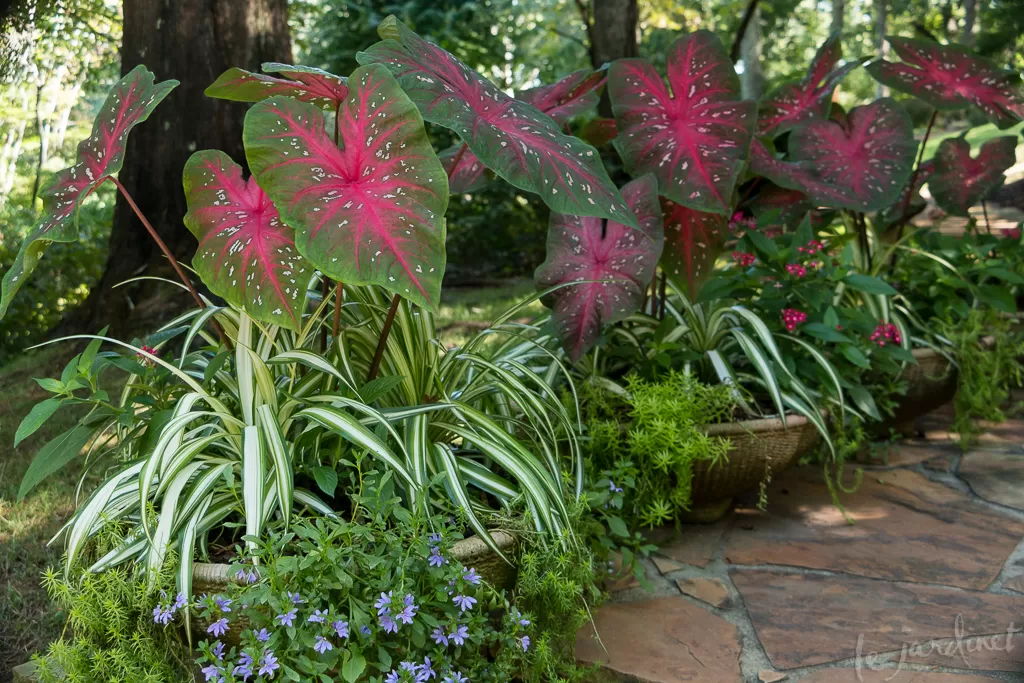Creating your own mini indoor succulent garden is a wonderfully rewarding experience that brings a touch of natural beauty into your home. These charming arrangements are not only beautiful but also surprisingly low-maintenance, making them perfect for busy lifestyles or those new to gardening. Think of them as living sculptures that add texture and life to any space.
Here’s what you’ll discover about crafting and caring for your own mini succulent paradise:
- Easy Elegance: Mini indoor succulent gardens are simple to assemble and stunning to behold.
- Low Maintenance: Succulents are naturally resilient, requiring minimal fuss once established.
- Creative Freedom: Mix and match diverse succulent types and containers for unique displays.
- Bright Spots: These gardens thrive in sunny indoor locations, brightening up your home.
- Mindful Watering: The key to success is providing just the right amount of water – less is often more!
Whether you call them succulent bowls, dish gardens, or simply succulent arrangements, these miniature landscapes are designed to delight. Join us as we walk through everything you need to know to create and care for thriving mini indoor succulent gardens that will bring lasting joy.
Contents
- Selecting the Perfect Succulents for Your Mini Garden
- Featured Succulent Spotlight
- Choosing the Perfect Container
- Timing is Everything: When to Plant
- The Right Soil Mix for Thriving Succulents
- How to Plant Your Mini Indoor Succulent Garden
- Caring for Your Mini Succulent Oasis
- Troubleshooting and FAQs
- Conclusion: Your Mini Garden Adventure Awaits!
Selecting the Perfect Succulents for Your Mini Garden
Choosing the right plants is key to a harmonious mini indoor succulent garden. The goal is to select varieties that have similar growth rates and won’t quickly outgrow or crowd each other. Think of it like choosing friends for a small, cozy party – everyone needs to fit comfortably!
Compact rosette-type succulents are often excellent choices. Varieties like Echeverias and Sempervivums (Hens and Chicks) stay relatively small and maintain their shape well. Haworthias and Gasterias are also fantastic for indoor arrangements as they tend to be slow-growing and tolerate slightly lower light conditions than some other succulents.
Here are a few popular and beginner-friendly succulents often used in mini indoor succulent gardens:
- String Of Bananas
- Aloe Vera
- Haworthias
- Christmas Cactus
- Hens and Chicks
- Burro’s Tail Sedum (Handle with care, their leaves detach easily!)
- Flowering Kalanchoes & Calandivas
- Jade Plants (Many varieties offer diverse shapes and sizes)
- Elephant Bush
- Gasteria
- Panda Plant
When starting, using succulents from 2″ to 4″ grow pots makes the planting process smooth and easy. You can also create arrangements from cuttings, which adds another layer of fun!
 Two mini succulent gardens in terra cotta pots, one planted and one with succulents arranged in their grow pots
Two mini succulent gardens in terra cotta pots, one planted and one with succulents arranged in their grow pots
Two finished and one pre-planted mini succulent garden display the charming look of succulents in terra cotta planters.
Featured Succulent Spotlight
To give you a better idea, let’s look at a couple of specific types perfect for mini indoor succulent gardens:
Jade Plant (Crassula ovata)
- Scientific Name: Crassula ovata
- Common Name: Jade Plant, Money Plant, Friendship Tree
- Zone: 10-11 (often grown indoors everywhere)
- Light: Bright indirect light; can tolerate some direct sun but may scorch
- Humidity: Low
- Water: Allow soil to dry completely between waterings
Haworthia (Various species, e.g., H. fasciata)
- Scientific Name: Haworthia spp.
- Common Name: Zebra Haworthia, Pearl Plant, Star Window Plant
- Zone: 9-11 (ideal for indoor cultivation)
- Light: Bright indirect light; tolerates lower light than many succulents
- Humidity: Low
- Water: Allow soil to dry completely between waterings
Choosing the Perfect Container
The container is like the frame for your living art. For mini indoor succulent gardens, shallow planters, bowls, or dishes work best. Containers typically ranging from 3 to 6 inches deep are ideal, depending on the size and number of plants you plan to include.
There’s an incredible variety of shallow containers available in stores and online, coming in all sorts of materials, shapes, and colors. I often find beautiful options at local garden centers, which is a great way to support small businesses and see containers in person.
The golden rule for succulent containers: Drainage is non-negotiable! Your container absolutely must have at least one drainage hole at the bottom. For wider dishes, multiple holes are even better. This allows excess water to escape, preventing the dreaded root rot that succulents are susceptible to. Terra cotta and ceramic pots are popular choices because they look great and often provide good aeration.
Timing is Everything: When to Plant
Spring and summer are generally the best times to create your mini indoor succulent garden. This is when most succulents are in their active growing phase and will establish themselves quickly in their new home. Early fall can also work well, especially if you live in a region with mild winters.
It’s usually best to avoid major planting, pruning, or propagating during the deep winter months when many houseplants are dormant.
The Right Soil Mix for Thriving Succulents
Succulents, whether in a large pot or a shallow dish for a mini garden, require a specific type of potting mix to thrive. The key characteristic is excellent drainage. Standard potting soil holds too much moisture, which is a recipe for disaster for these drought-loving plants.
An ideal succulent mix is light, well-aerated, and allows water to pass through quickly. You can find pre-packaged cactus and succulent mixes at garden stores, or you can create your own DIY blend by amending regular potting soil with ingredients like perlite, coarse sand, or small gravel.
Using a well-draining mix is particularly important in shallow containers, as the limited soil volume can easily become waterlogged if the mix isn’t right.
 Hands planting succulents into a terra cotta bowl filled with soil mix
Hands planting succulents into a terra cotta bowl filled with soil mix
Carefully arranging succulents before planting them into a terra cotta bowl for a beautiful mini garden centerpiece.
How to Plant Your Mini Indoor Succulent Garden
Once you have your container, soil, and chosen succulents, it’s time for the fun part! Planting a mini indoor succulent garden is quite straightforward.
- Prepare the container: Ensure your container is clean and has drainage holes.
- Add soil: Fill the container with your well-draining succulent soil mix, leaving enough space at the top for the plants’ root balls.
- Arrange the plants: Before planting, place your succulents (still in their nursery pots or bare root) on top of the soil to visualize the arrangement. Play around with different layouts until you find one you love. Consider varying heights, textures, and colors.
- Plant: Gently remove each succulent from its pot. Loosen any tightly bound roots. Dig small holes in the soil where you want each plant to go and place the succulent. Fill in around the roots with more soil, gently pressing down to secure the plant.
- Top dress (Optional): Once all plants are in place, you can add a thin layer of decorative gravel or small pebbles on top of the soil. This is purely aesthetic and helps keep the leaves off the moist soil surface after watering. Just make sure the layer isn’t so thick that it prevents the soil from drying out.
- Wait to water: It’s best to wait a few days after planting to water your new garden. This allows any roots that might have been damaged during planting to heal, reducing the risk of rot.
Caring for Your Mini Succulent Oasis
Caring for mini indoor succulent gardens is similar to caring for individual succulents, with one key difference: watering frequency. Because shallow containers hold less soil volume and the plants are often placed closer together, they tend to dry out faster than succulents in deeper, larger pots.
- Watering: The golden rule for all succulents is to let the soil dry out completely between waterings. When it’s time to water, water thoroughly until water drains from the bottom of the container. For mini gardens in shallow pots, check the soil moisture more frequently than you would for larger pots – perhaps weekly or bi-weekly, depending on your home’s conditions. Using a watering can with a narrow spout or a squeeze bottle with a long neck can help you direct water precisely to the soil without getting the leaves wet.
- Light: Succulents absolutely crave bright natural light. A south- or west-facing window is often ideal indoors, but be cautious of direct, intense afternoon sun hitting the glass, especially in warmer months. The glass can magnify the heat, potentially scorching the succulent leaves. If you don’t have enough natural light, consider supplementing with a grow light.
- Air Circulation: Good airflow is beneficial for succulents to help the soil dry out and prevent fungal issues.
- Fertilizing: Succulents in containers generally don’t need much fertilizer. You can feed sparingly during their active growing season (spring/summer) with a diluted succulent or general houseplant fertilizer, perhaps once or twice.
- Misting: Succulents store water in their leaves and stems and do not require misting. Save that for your tropical plants!
 Watering a mini succulent garden in a terra cotta bowl using a bottle with a long spout
Watering a mini succulent garden in a terra cotta bowl using a bottle with a long spout
A long-necked watering bottle makes it easy to deliver water precisely to the soil in a dense mini succulent garden.
Troubleshooting and FAQs
Even with easy-care plants like succulents, questions pop up. Here are answers to some common queries about mini indoor succulent gardens:
- Do succulent bowls need drainage? Absolutely yes! Drainage is vital to prevent root rot. A container without drainage will almost certainly lead to problems.
- How deep does a succulent bowl need to be? Typically, 3 to 6 inches deep is sufficient for most mini succulent arrangements.
- Can you plant succulents in just rocks? No, succulents need soil to provide nutrients and support root structure. While rocks can be used for drainage layers or top dressing, they cannot replace the soil mix.
- Should you put rocks around succulents (as top dressing)? It’s an aesthetic choice. A thin layer can look nice and help keep leaves dry, but ensure it doesn’t impede the soil’s ability to dry out between waterings.
- What is the best soil for succulents in pots? A well-draining, airy mix designed specifically for cacti and succulents is best. It shouldn’t retain too much moisture.
- How long do mini succulent gardens last before repotting? With careful plant selection, a mini succulent garden can thrive for a year or two, sometimes longer. You’ll know it’s time when plants become leggy, overcrowded, or outgrow the container.
- Are succulent plants low maintenance? Generally, yes! Compared to many other houseplants, they require less frequent watering and attention, making them wonderfully low-maintenance.
- Do indoor succulents need sun? Yes, they need bright natural light. However, they should be protected from intense, direct sun hitting the glass in hot windows, which can cause sunburn.
 Close-up view of a finished mini succulent garden in a terra cotta bowl with decorative light green gravel top dressing
Close-up view of a finished mini succulent garden in a terra cotta bowl with decorative light green gravel top dressing
Adding a decorative layer of gravel or pebbles to the top of your mini succulent garden provides a clean finish and helps keep leaves dry.
 A shallow black ceramic planter, suitable for a mini indoor succulent garden arrangement, sits on a patio table
A shallow black ceramic planter, suitable for a mini indoor succulent garden arrangement, sits on a patio table
Choosing the right container, like this shallow black ceramic dish, is the first step in creating a beautiful mini indoor succulent garden.
Conclusion: Your Mini Garden Adventure Awaits!
Creating mini indoor succulent gardens is a fulfilling and accessible way to connect with plants and enhance your living space. The possibilities are endless when it comes to combining different succulent varieties and selecting unique containers. With the right soil, container, and a little bit of love (and mindful watering!), your mini succulent oasis will thrive.
Ready to get your hands dirty? Gather your supplies and give it a try! You might just discover a new passion.
What are your favorite succulents for mini gardens? Share your thoughts in the comments below! And if you enjoyed this guide, please share it with your fellow plant lovers. Explore more gardening tips and inspiration right here on Thelittle.garden!










